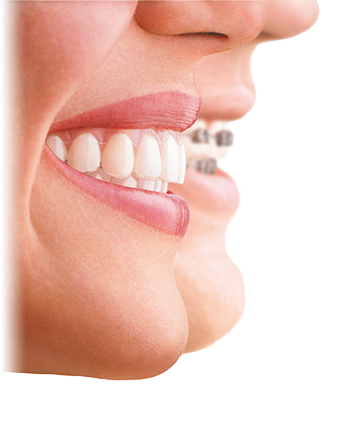 If you’re one of the many people who are reluctant to have orthodontic treatment because you don’t want to wear braces for years, Fastbraces could provide the perfect solution. This system reduces treatment time significantly, so you can get the smile of your dreams without having to wait.
If you’re one of the many people who are reluctant to have orthodontic treatment because you don’t want to wear braces for years, Fastbraces could provide the perfect solution. This system reduces treatment time significantly, so you can get the smile of your dreams without having to wait.
What is Fastbraces?
Fastbraces is a fast-acting orthodontic system, which offers patients a quicker alternative to traditional braces. The system is not just speedy, it’s also versatile and it can be used to address a number of different orthodontic issues, including overbite and underbite, crooked and twisted teeth, crowding and spaces between the teeth.
Fastbraces look similar to traditional fixed braces; however, they are more delicate and they look much more discreet, as they are made from clear parts.
How does Fastbraces work?
Fastbraces is able to work much faster than other orthodontic systems because it moves the entire tooth from day one. With traditional treatment, the crowns and roots are moved separately, with the crowns moved first, followed by the roots. With Fastbraces, the crowns and roots are moved together and this helps to dramatically reduce treatment times.
Fastbraces use a single heat-activated wire and triangular-shaped brackets to accelerate tooth movement and prevent discomfort.
Who can benefit from Fastbraces?
Fastbraces are beneficial for most orthodontic patients. When you have a consultation, your City Dental dentist will carry out some simple tests and have a chat with you to check that this is a good treatment choice for you; from there, they will set about drawing up your treatment plan and you will soon be able to show off a brand new smile!
Fastbraces is an ideal choice for anyone who wants results fast and it can be particularly beneficial for people who have a set date or time-frame in mind.
How long does treatment take?
Treatment times vary depending on your needs and how much movement is needed; typically, treatment times are up to 50 per cent shorter than with traditional fixed braces.
Tags: Central Leeds, Fast Braces for Leeds, Fastbraces, faster braces







